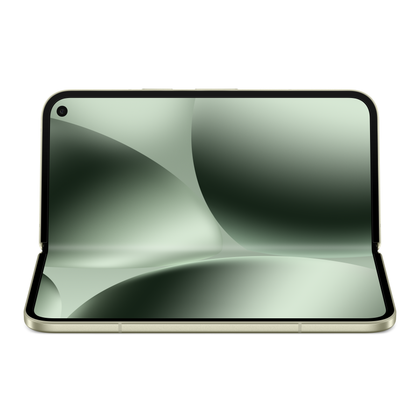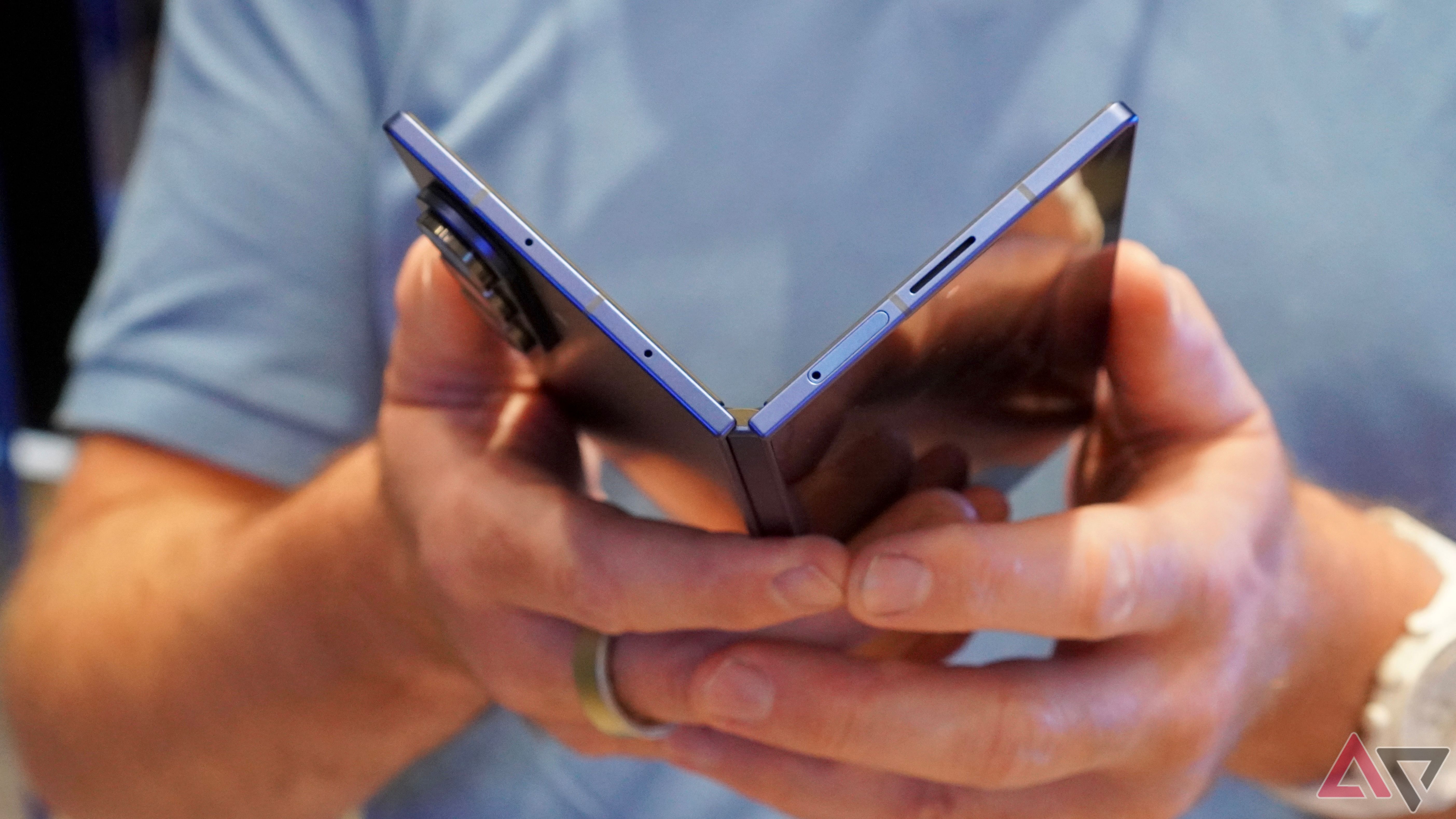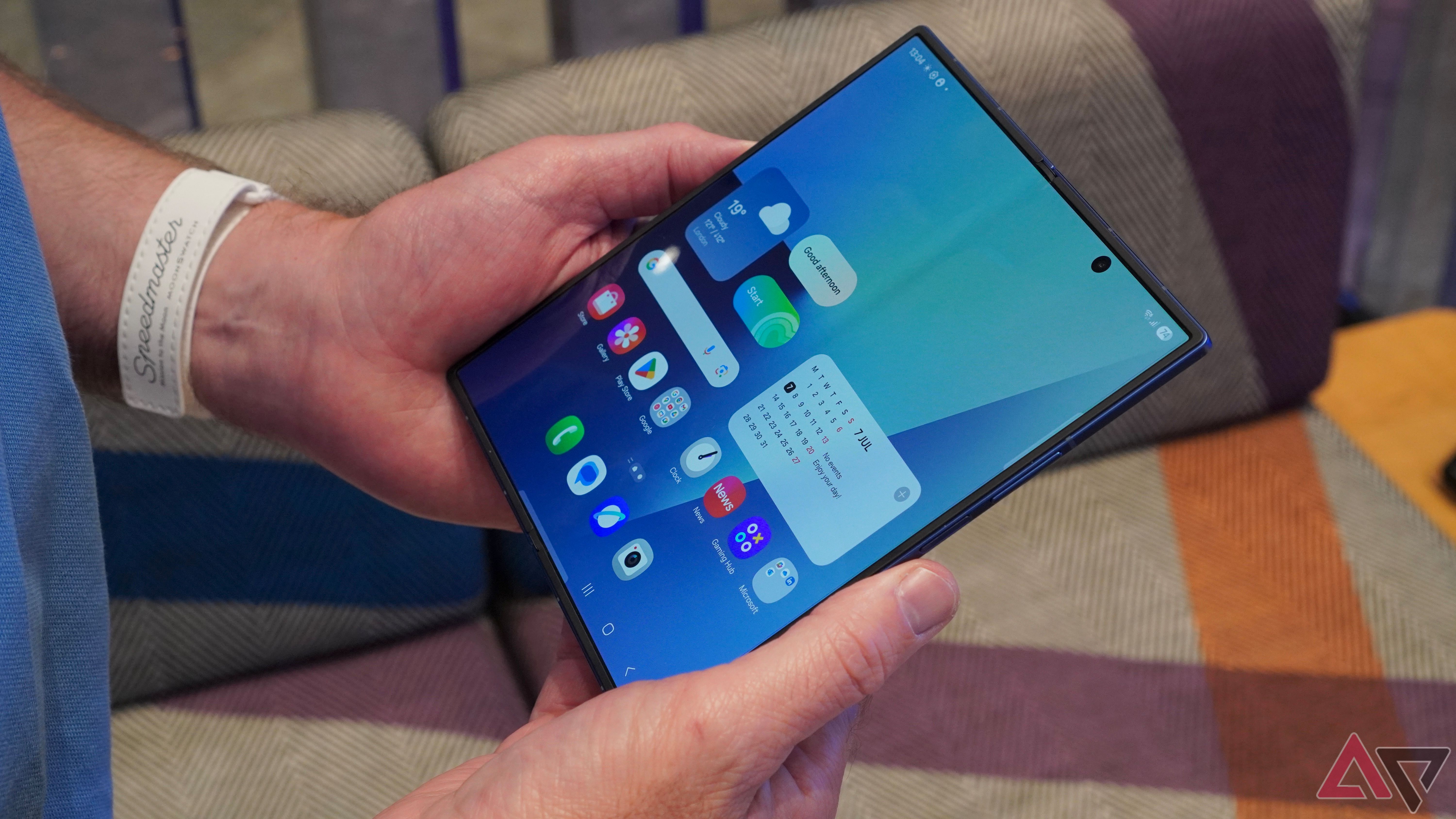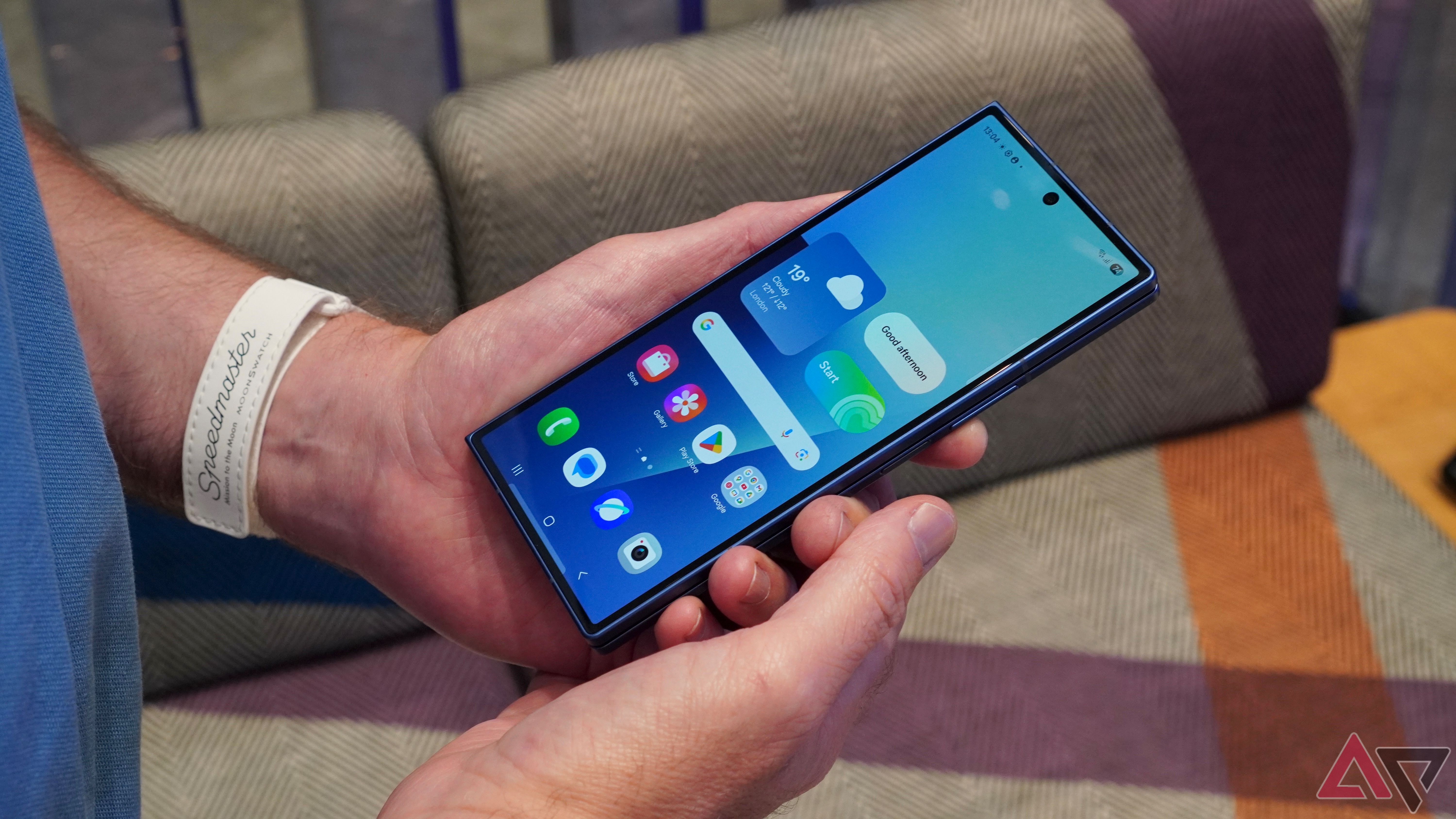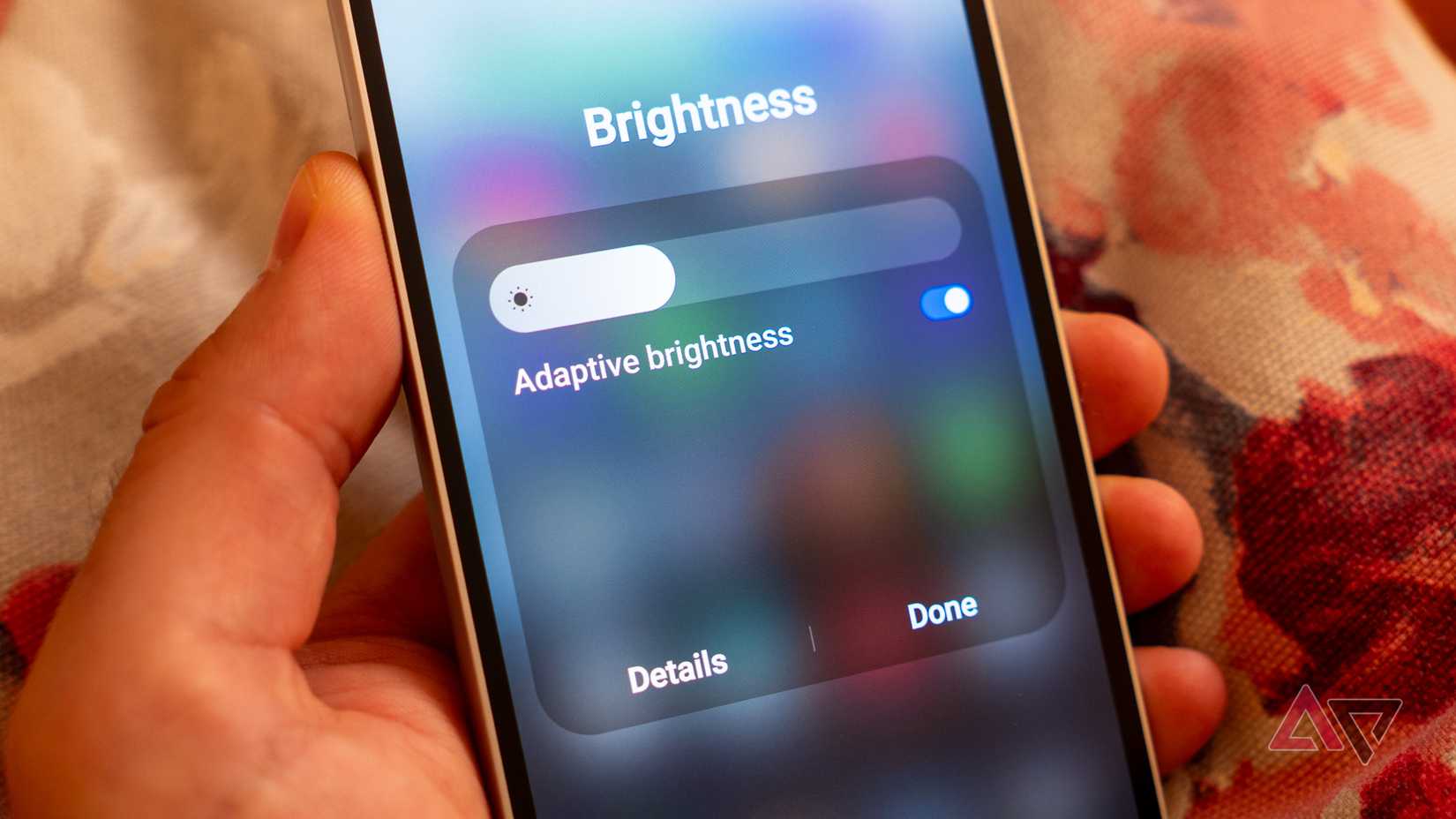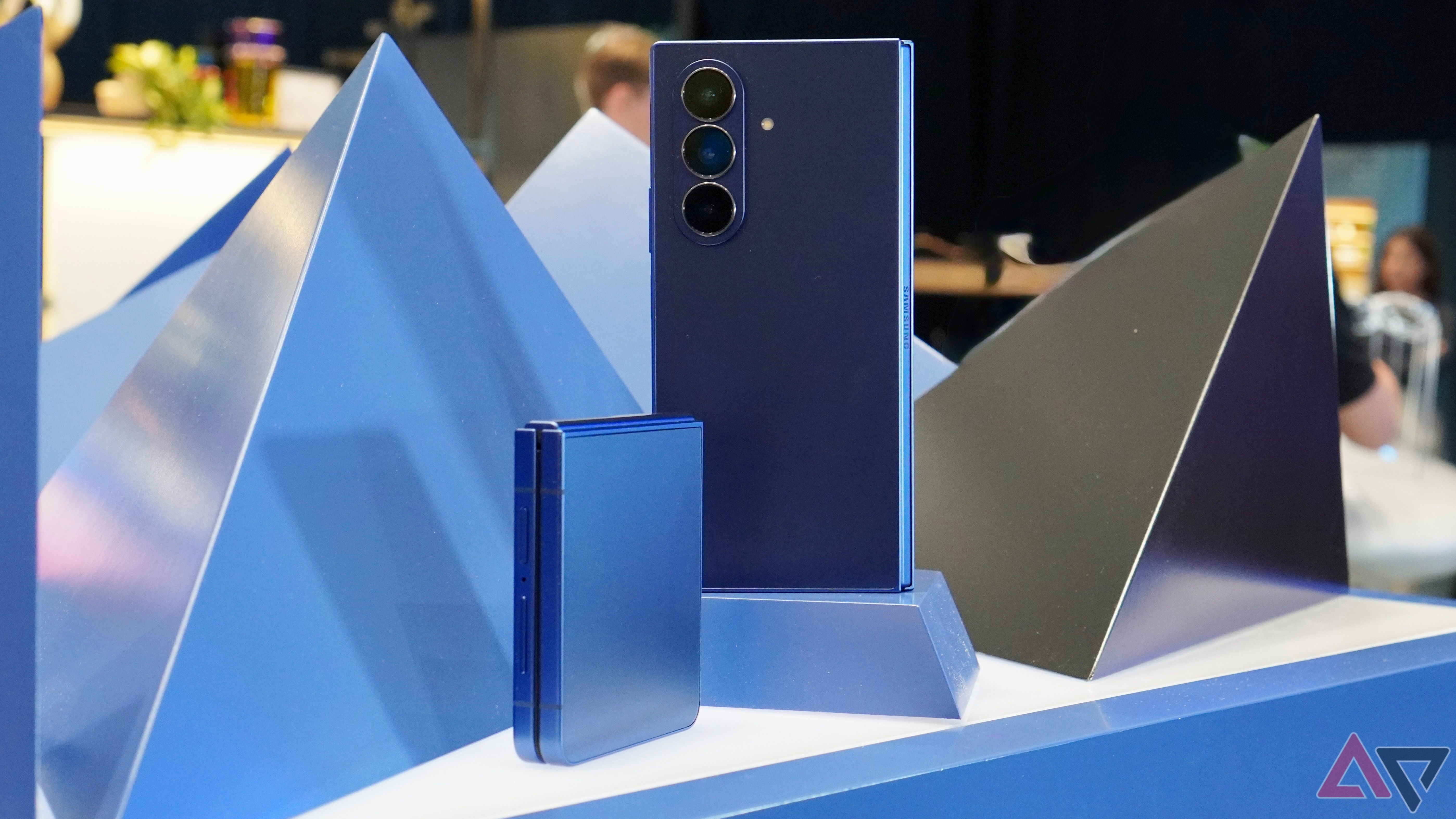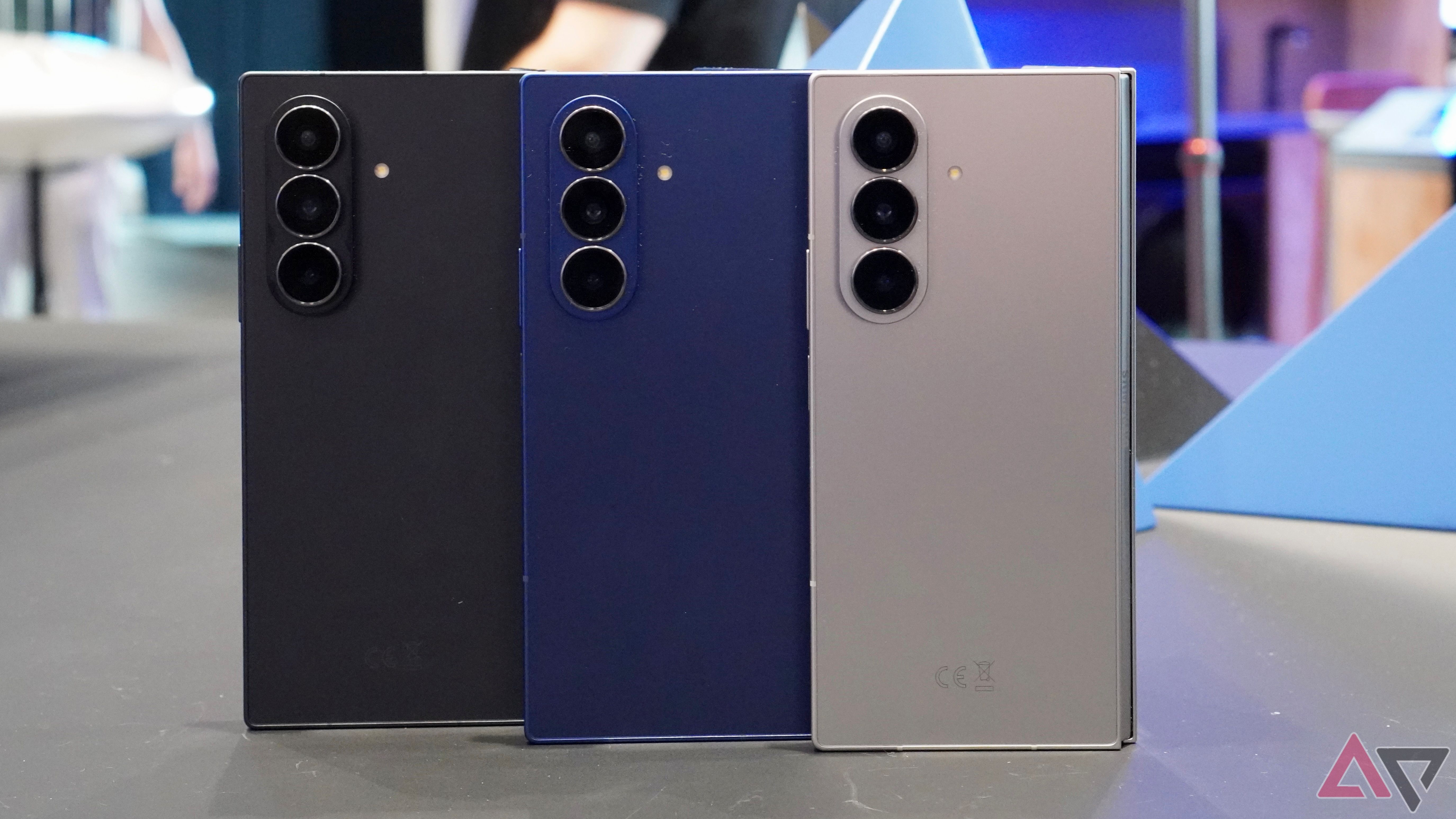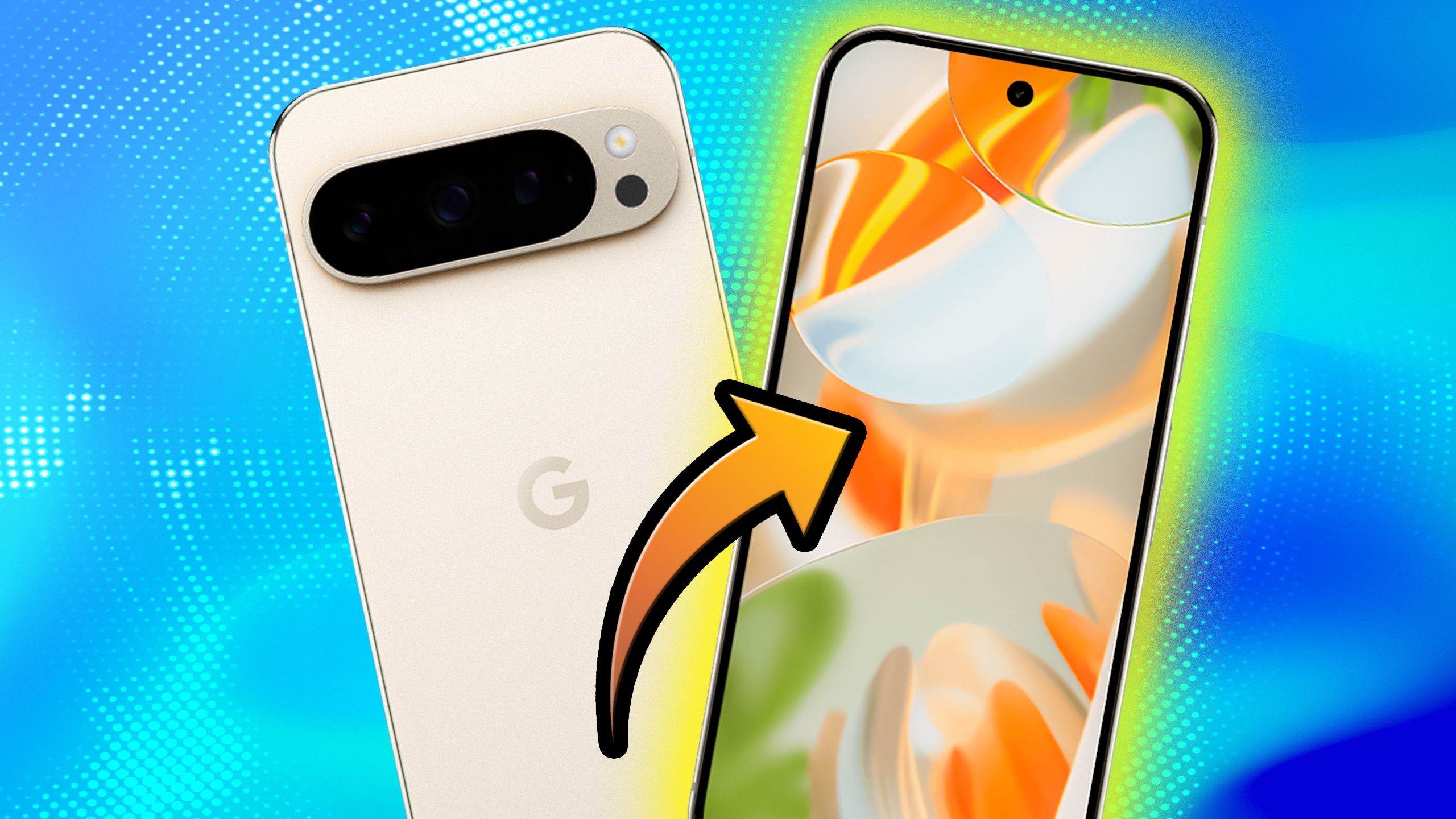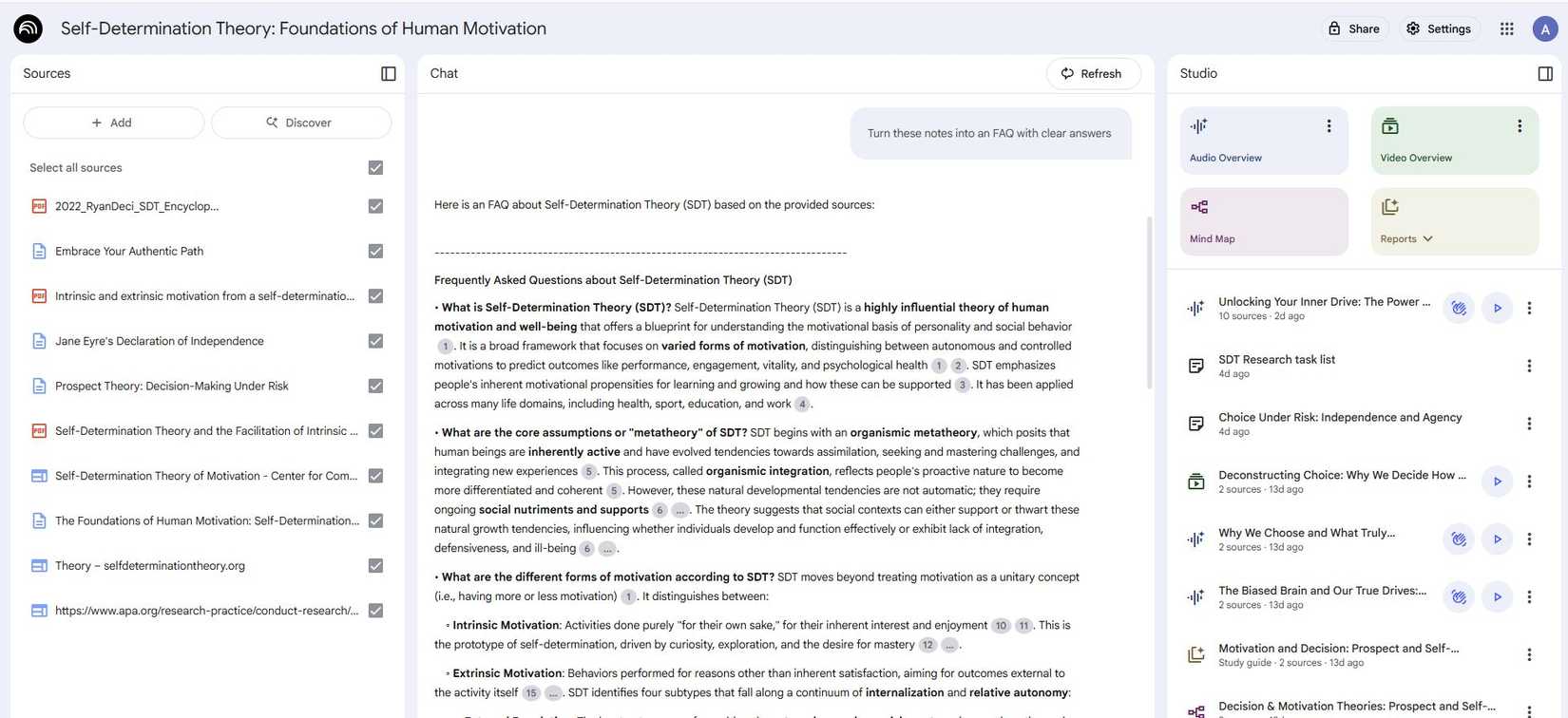It was only a couple of months ago that I discovered the Samsung Galaxy S25 Edge‘s thinness was more than just a way to grab some headlines, and it made the phone genuinely more pleasurable to hold, use, and live with on a daily basis.
Well, the Galaxy Z Fold 7 is set to be equally transformative, and after barely spending an hour with it.
I couldn’t be more pleased that Samsung has continued its dogged pursuit of thinness, as it has made the Z Fold 7 the big-screen foldable I could see myself using every day, without fooling myself into thinking I’m not making a compromise.
Thin and light
Yes, a few millimeters and grams make a lot of difference
Let’s get straight into it. The Galaxy Z Fold 7 is far thinner and lighter than the Galaxy Z Fold 6, and it makes a huge difference in the way the phone feels when you pick it up, hold it, and stow it in your pocket.
It measures 8.9mm thick when closed and 4.2mm when open, weighing 215 grams. The Galaxy Z Fold 6 was 12.1mm closed up and weighed 239 grams. The Z Fold 7 even manages to be lighter than the Galaxy S25 Ultra by a whole gram.
These numbers don’t reflect one of the other major changes, though. On the front of the Z Fold 7 is a 6.5-inch, 21:9 aspect ratio screen, which feels truly “normal,” and the phone is easily used with one hand.
You no longer have to perform a risky, potentially very expensive juggling act to reply to messages or open apps on the cover screen due to the 5mm increase in width. Open the phone, and you’re now greeted by an 8-inch Dynamic AMOLED screen, and it looks glorious.
Look straight at the Z Fold 7, and you’ll see the crease has been practically eliminated, visually, and you can barely feel it under your finger either. It’s still kind of there from the side, but you have to make an effort to see it.
Samsung has managed this by making the glass covering the open screen slightly thicker, increasing durability and strength at the same time.
It’s just one of the durability improvements in the Z Fold 7, which has a stronger titanium lattice work under the screen compared to the carbon fiber lattice used on previous models, and updated Advanced Armor Aluminum for the chassis and hinge.
Is it the thinnest in the world?
Here’s why it doesn’t really matter if it is or not
However, is the Galaxy Z Fold 7 the thinnest foldable smartphone in the world? No, that um, honor, goes to Honor with the Magic V5, which is 4.1mm thick open and 8.8mm closed.
That’s only if you buy the Ivory White version, though, as the other colors are 4.2mm thick open and 9mm thick closed, and it’s 217 grams in weight or 222 grams if you choose one other than the white model.
Fractions of millimeters aside, both the Magic V5 and the Z Fold 7 are amazing feats of engineering, and shouting about being the thinnest foldable in the world actually obfuscates in meaningless bluster how much of a difference the size truly makes.
How can I easily illustrate this difference? I spent some time with the Galaxy Z Flip 7 and the new Galaxy Watch 8 smartwatches at the same time as I tested out the Galaxy Z Fold 7.
While I was playing with the smartwatches, I switched the Z Fold 7 between my front jeans pocket and the back pocket. It disappeared in both, and I mostly forgot it was there until I wanted it.
The Z Fold 7 seems to have moved beyond the era of compromise, which afflicted its predecessors, where you had to put up with a foldable’s size and weight to enjoy the dual-screen convenience.
Now, it simply feels like “a phone,” and that has been the dream since the first day I picked up the original Galaxy Fold.
The Galaxy S25 Edge took traditional phone convenience to the next level, and the Z Fold 7 does the same for foldable smartphones.
There was a case to be made for the Z Fold 6 doing something similar, but it was recommended you still go out and hold it for yourself before buying, as one person’s definition of acceptable is another’s unacceptable.
You should still try the Z Fold 7 out for yourself, but I think you’ll just say “wow” when you see it and pick it up, rather than immediately think about whether you’ll be able to tolerate the size and weight long term.
What else is new?
An Ultra experience, just not in name
Samsung described the Galaxy Z Fold 7 as giving you an “Ultra experience,” but has stopped short of actually calling it the Z Fold 7 Ultra. It means it has squeezed some really impressive technology inside the thin and light phone.
The Qualcomm Snapdragon 8 Elite for Galaxy processor is onboard, along with 12GB or 16GB of RAM, there’s a 4,400mAh battery, and One UI 8 over Android 16.
Yes, the Z Fold 7 will come with Google’s latest OS installed, and it has been specially designed for foldables, right down to Gemini Live being adapted for use on the large, open screen.
All the usual Galaxy AI features are available, although compared to the AI overload at the Galaxy S25 series launch, they were emphasized less here.
Circle to Search has gained an interesting new in-game search feature, where it will provide real-time hints and tips without leaving the app itself. The Now Brief is back and includes weekly activity updates along with its daily roundups. Samsung will support the Z Fold 7’s software for seven years.
The Galaxy Z Fold 7 is Samsung at the top of its game.
The Galaxy S25 Ultra’s 200-megapixel main camera sits alongside a 10MP telephoto camera for a 3x optical zoom, and a new 12MP wide-angle camera with autofocus and a macro mode.
The open screen’s under-display selfie camera has been greatly improved, and now has 10 megapixels and a 100-degree field of view. The higher resolution is immediately obvious, too.
On the cover screen is another 10MP selfie camera. While some may complain about the 3x telephoto, the Z Fold 7’s camera is a technical improvement over the Z Fold 6, and the ISP has been optimized to make the most of all the cameras.
Evidence of whether all this makes a difference will come when we take more photos, as it was impossible to draw any conclusions taking them inside the event space, where I tried the phone.
New device, same old price
Innovation tends to be an expensive game
The Galaxy Z Fold 7 is Samsung at the top of its game. The foldable feels superbly made, very high quality, and still suitably futuristic, even though we’ve seen similar phones for a good few years now.
The thinner, lighter body is a massive leap forward compared to the Galaxy Z Fold 5 and earlier, and it has finally reached the point where it won’t feel like much of a compromise to use at all compared to a non-folding phone.
If you have one of those earlier Samsung foldables, the Z Fold 7 is likely to be a substantial upgrade. For those yet to take the plunge on a big-screen foldable, this is the one to try.
Such innovation and engineering don’t come cheap. The basic 12GB/256GB model is $2,000 or £1,799, which is a lot to pay for any mobile device, but like the previous models, this is a phone you should be thinking about keeping for the next three years or so.
Thanks to the Z Fold 7’s streamlined new shape, durability enhancements, and close-to-top-spec camera, this will be easier than ever to do.
Samsung Galaxy Z Fold 7
- RAM
-
12GB
- Storage
-
256GB
- Battery
-
4,400mAh
- Operating System
-
One UI 8
- Cellular connectivity
-
5G, LTE
- Wi-Fi connectivity
-
Wi-Fi 7
The Samsung Galaxy Z Fold 7 is the thinnest and lightest in the series to date, integrating a powerful Snapdragon 8 Elite for Galaxy processor for enhanced AI capabilities and a 200MP pro-grade camera. Built for enhanced durability with an Armor FlexHinge and Gorilla Glass Ceramic 2, the device features a wider 6.5-inch cover screen and unfolds into an expansive 8.0-inch main display for immersive viewing and productivity.
- Bluetooth
-
Bluetooth 5.4
- Weight
-
215g
- IP Rating
-
IP48


